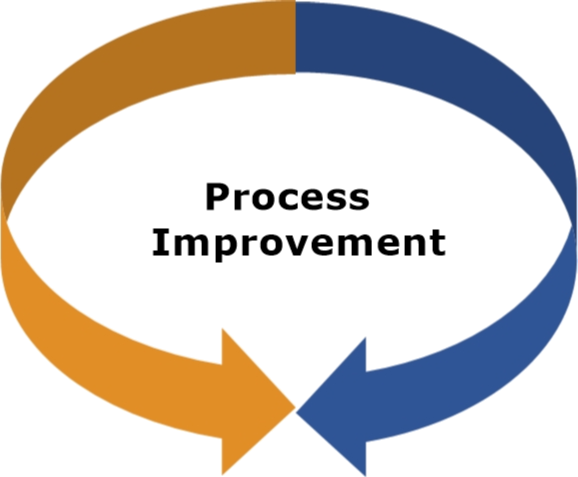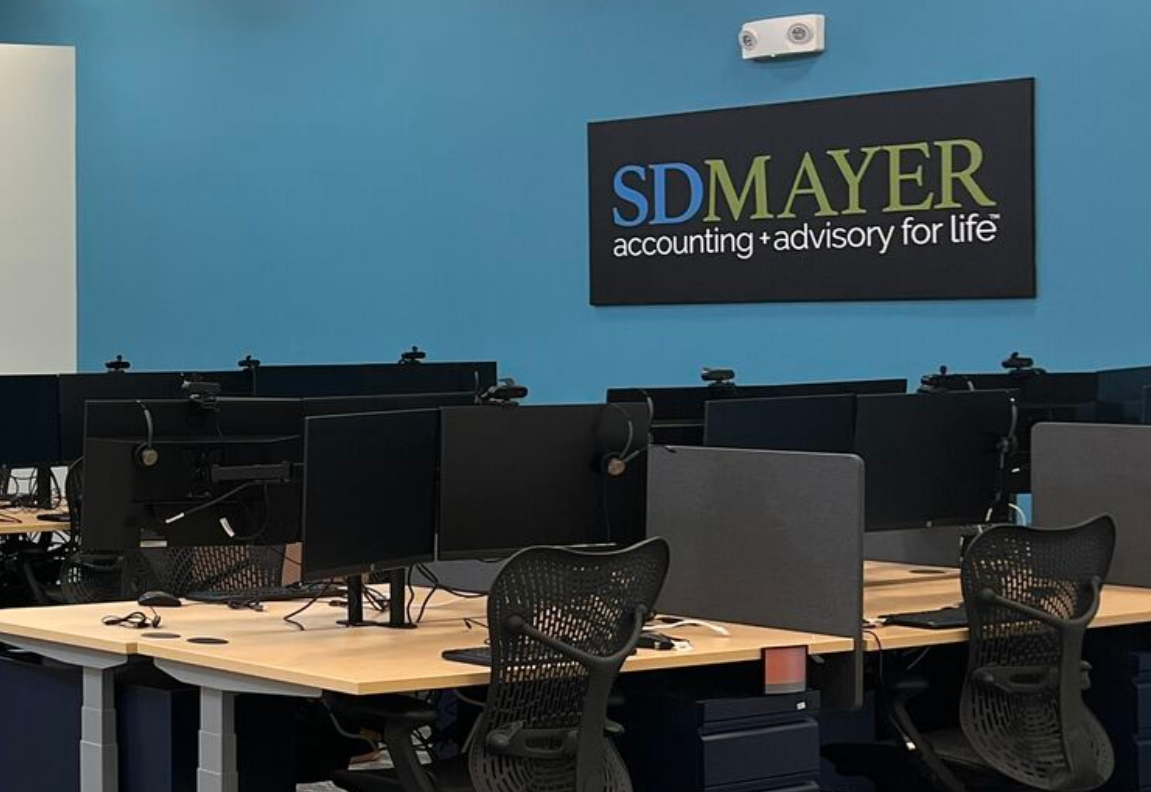By Arianna Campbell.
With another busy season in the rearview mirror, many firms are looking ahead to next year. What went well this busy season? What could use some improvement? Now is the time to make changes to your technology and processes that will set you up for success in 2025 and beyond.
To help you identify these opportunities, we’ve identified five trends for process improvement that leaders in the accounting profession should be aware of to ensure their firms remain at the forefront.
These trends focus on enhancing efficiency, embracing technology, and reshaping business models to stay relevant and responsive to the ever-evolving market demands.
1. AI everywhere: Integrating AI into continuous improvement plans
Artificial intelligence (AI) is no longer a futuristic concept; it’s a practical tool that can significantly enhance operational efficiencies and decision-making processes. However, it is time to move beyond general knowledge and focus on creating specific plans that align with strategic goals.
Integrating AI into your continuous improvement plans is not just a lofty idea, it’s a practical step you can take. Develop a clear and compelling AI strategy to automate routine tasks such as data entry and analysis. This will free up valuable time for more strategic activities, including delivering higher-value advisory services.
By embedding AI into your existing processes, your firm can better leverage automation in a seamless and intuitive way. The key is to establish efficient and consistent processes that support the use of AI and are adaptable as AI tools continue to evolve. This approach should be incorporated into your continuous improvement plan to ensure that processes are always aligned with and support your strategic objectives.
2. Transformation Triangle: A framework for all angles
The Transformation Triangle is not just a framework, it’s a comprehensive approach that addresses three critical areas essential for successful organizational transformation: project management, process management, and change leadership. By integrating these three components, the Transformation Triangle provides a solid foundation for driving sustained improvement and innovation within an organization.
The Project Management Institute’s framework for project management focuses on delivering initiatives on time and within budget. Lean Six Sigma is a proven method for process management that ensures that operations are streamlined and efficient. Prosci’s focus on organizational and individual readiness supports change leadership and fosters a culture of adaptability and resilience. Together, these elements create a balanced and robust foundation for achieving strategic goals and navigating the complexities of transformation.
Moreover, the success of the Transformation Triangle hinges on strong support from leadership and the presence of skilled professionals in each area. Leadership must champion the framework, providing the necessary resources and commitment. Having experts in project management, process management, and change leadership ensures that each component is executed with precision and expertise. This dedicated support and specialized knowledge are crucial for realizing the full potential of the Transformation Triangle, driving meaningful and lasting change within the organization.
3. Evolution of the business model: Emphasizing accountability
As your firm’s business model evolves, so must the processes supporting it. This means having a strategic plan that anticipates changes in the market and outlines the processes needed to support these changes. Key Performance Indicators (KPIs) play a crucial role in measuring the effectiveness of these processes. KPIs provide quantifiable metrics that track the progress and performance of various initiatives, offering clear insights into how well the firm is achieving its goals. By regularly monitoring KPIs, firms can identify areas for improvement and make data-driven decisions to optimize operations.
In conjunction with KPIs, Key Behavior Indicators (KBIs) are vital, as they help guide and incentivize the right behaviors within the firm. KBIs focus on the actions and behaviors that drive success, ensuring that employees are engaged and aligned with the company’s strategic objectives. By highlighting and encouraging the behaviors that lead to positive outcomes, KBIs complement the data-driven insights provided by KPIs.
Aligning processes with your overall strategic objectives ensures your processes support sustainable growth and adaptation. This alignment allows the firm to be proactive rather than reactive, positioning itself to swiftly adapt to market shifts and maintain a competitive edge. Integrating KPIs and KBIs into your strategic plan creates a robust framework for continuous improvement, driving both the right behaviors and performance outcomes necessary for long-term success.
4. Navigating the capability puzzle: From capacity to capabilities
Globalization and technological advancements are redefining the competitive landscape, and your firm needs to enhance its process capabilities to support these changes. Process improvement isn’t just about enhancing efficiency; it’s about expanding your capacity to take on more complex and higher-value activities. By refining processes, you can unlock new capabilities to better serve a global client base and leverage technological innovations effectively.
An essential aspect of this refinement is having a structured process to identify and categorize people’s capabilities. Understanding the strengths and skills of your team members allows you to allocate resources more effectively and develop tailored training programs that enhance their abilities. This not only ensures that the right people are in the right roles but also fosters a culture of continuous learning and development. By systematically identifying and leveraging individual capabilities, your firm can build a more agile and responsive organization that is well-equipped to meet the demands of a dynamic global market. This strategic approach to process and capability management is crucial for maintaining a competitive edge and driving sustained growth.
5. Ideation and experimentation: Bringing order to chaos
Innovation is inherently messy, but structured processes can bring order to this chaos. By establishing a supportive framework for innovation, your firm can systematically manage and nurture new ideas.
Leverage the Transformation Triangle (project management, process management, and change leadership) to ensure your innovative efforts align with the firm’s strategic goals. This structured approach to innovation helps translate creative ideas into viable business solutions you can implement effectively.
Embracing these five process trends is crucial for firm leaders who want to stay competitive and future-ready. By integrating AI, applying comprehensive frameworks, evolving business models, enhancing capabilities, and fostering innovation through structured processes, you can help ensure your firm in 2024 and beyond.
====
Arianna Campbell is a consultant with Boomer Consulting, Inc.
Thanks for reading CPA Practice Advisor!
Subscribe Already registered? Log In
Need more information? Read the FAQs
Tags: Automation, Firm Management, Technology




